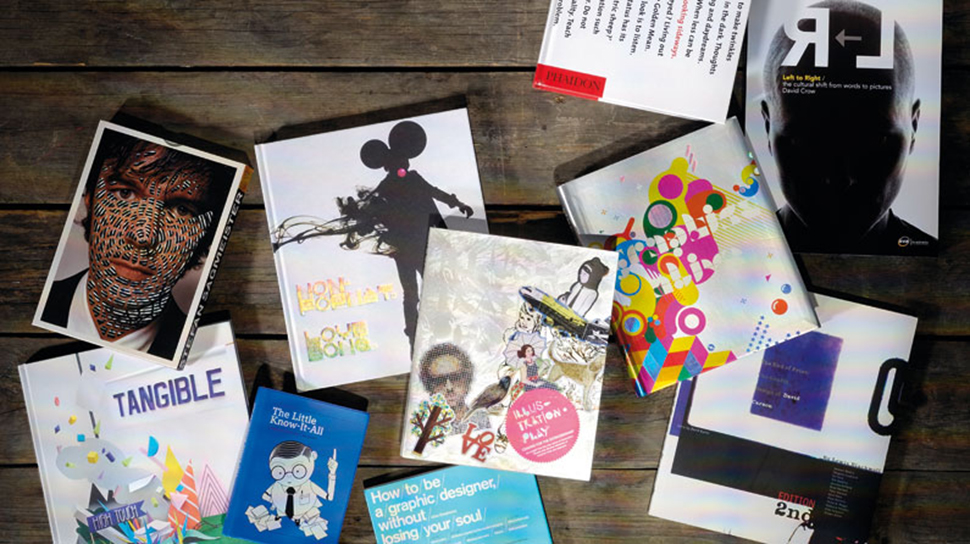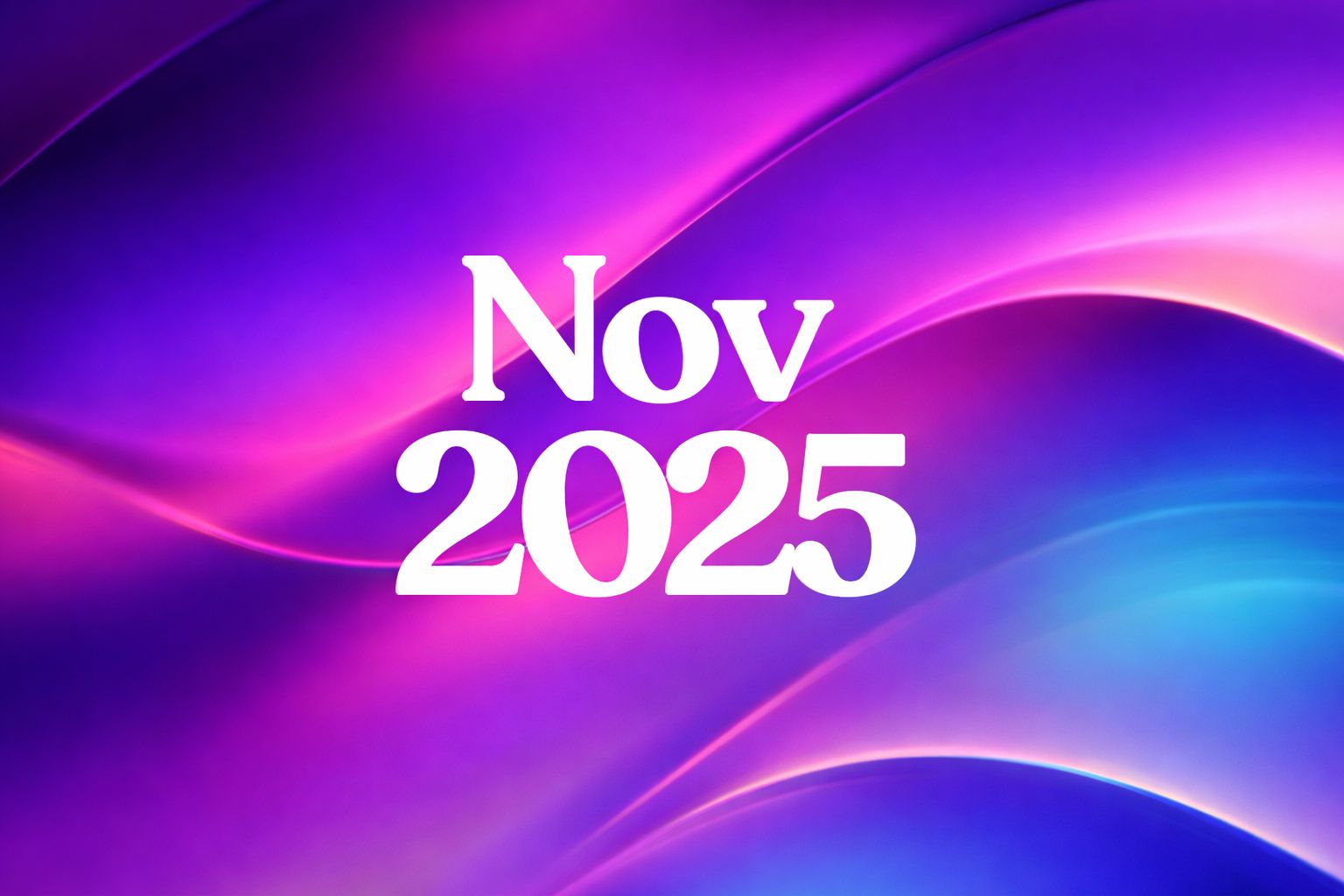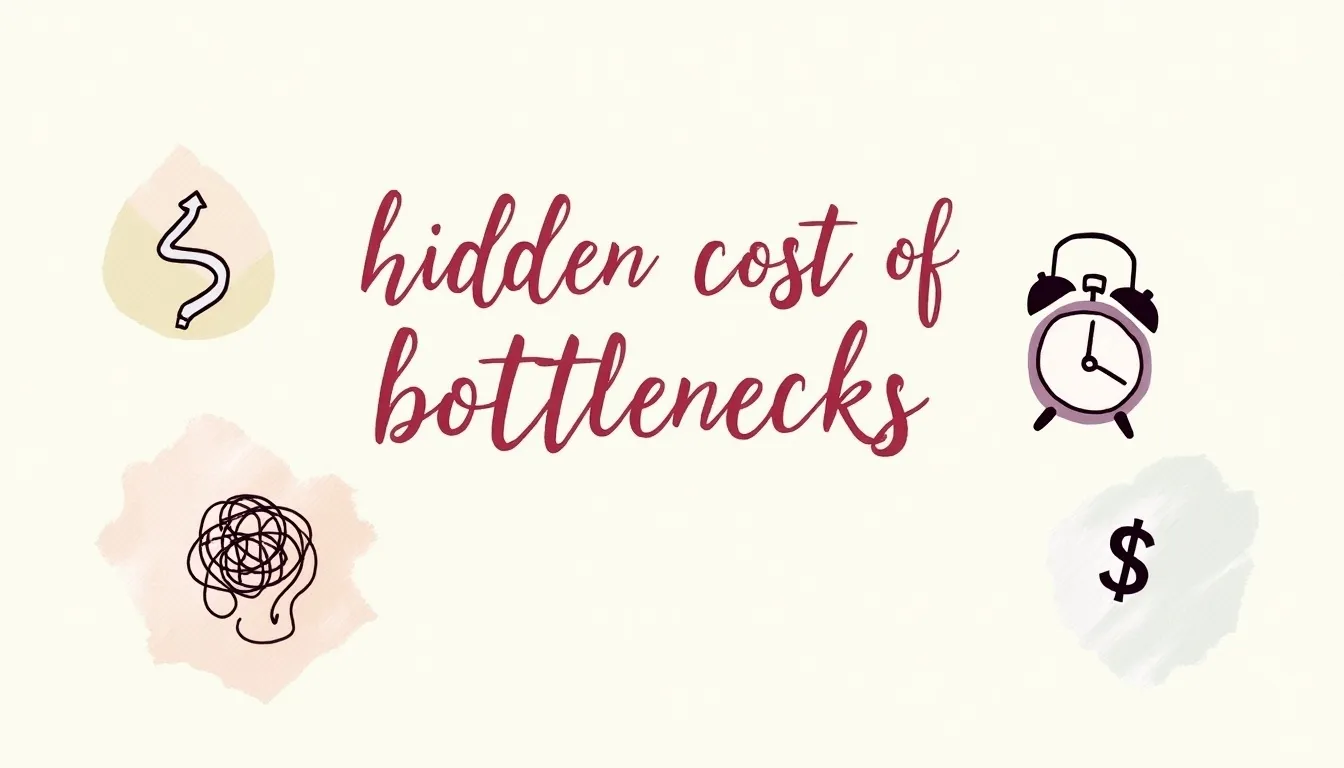Pop art, perhaps the most notable artistic revolution of the 20th century, seamlessly merged culture and creativity. Rooted in industrialism and mass media, this movement reshaped perceptions of art and consumerism. From its inception in the 1950s to becoming a cultural cornerstone in the ’60s, pop art defied traditional artistic norms and embraced the ordinary, turning mundane items into extraordinary visual experiences. All things considered, it drew upon regular articles and media like papers, comic books, magazines. And other unremarkable items to create dynamic structures. Building up the development as a foundation of contemporary art.
What Makes Pop Art Stand Out?
Pop art broke away from abstract expressionism, replacing introspective forms with vibrant depictions of everyday objects. Artists like Andy Warhol and Roy Lichtenstein (more about them later) redefined what art could be, using techniques like silkscreen printing and lithography to mass-produce works that were both relatable and revolutionary. These characteristics make pop art instantly recognizable and universally appealing.
Defining Pop Art Graphic Designing
Pop art is a development that arose during the twentieth century wherein artists fused ordinary articles. Funny cartoons, soup jars, papers, and that’s just the beginning—into their work. The Pop art development meant to cement the possibility that art can draw from any source, and there is no progression of culture to disturb this.
At its core, pop art celebrates ordinary objects and mass media, transforming them into visually striking compositions. It blends humor, satire, and irony, often commenting on consumer culture or societal trends.
Pop art is effectively unmistakable because of its energy and remarkable attributes. That are available in large numbers of the most famous works of the development. Characteristics like vibrant colors, bold imagery, and creative techniques define its aesthetic.
Characteristics and qualities of Pop art Graphic Designing :
Conspicuous symbolism:
Pop art used pictures and symbols from popular media and items. This included everyday items like soup jars, street signs, and photographs of superstars. Indeed, even brand names and logos fused.
Brilliant tones:
Pop art is described by lively, splendid tones. Bright primary hues dominate, creating eye-catching designs. Essential tones like red, yellow, and blue were noticeable colors that showed up in numerous popular works. Particularly in Roy Lichtenstein’s assortment of work.
Incongruity and parody:
Humor was one of the fundamental segments of Pop art. Social commentary often masked in playful visuals. Artists utilize the topic to say something about recent developments, make fun of crazes, and stir things up.
innovative Techniques:
Many Pop artists occupied with printmaking measures, which empowered them to rapidly repeat pictures in enormous amounts. Andy Warhol utilized silkscreen printing and interaction through which ink moved onto paper. Or material through a lattice screen with a stencil. Roy Lichtenstein utilized lithography, or printing from a metal plate or stone, to accomplish his unique visual style. Pop artists regularly took symbolism from different spaces of standard culture. And joined it into their artworks, either modified or in their unique structure. This kind of appropriation art regularly worked inseparably with reiteration. To separate the partition between high art and low art, which made the qualification among publicizing and media from compelling artwork.
Since the time pop art arose in the fifties, it has been going connected at the hip with the design business. Defying elitist esteems and self-reflexive expressionist development, pop art accepted commonplace living encounters. Presenting parts of mass culture and carrying art nearer to the new age of Americans who were starting to encounter all advantages. Of the purchaser heaven in the government assistance condition of post-war America. Pop art utilized natural mass culture symbolism from notices to other trite articles. Wrapping it into exciting and striking shading blends.
How Pop Art Graphic Designing Shaped the Fashion Industry
The collaboration between pop art and fashion began in the 1960s, redefining both industries. Pop art introduced a new dimension to fashion, where vibrant prints and bold graphics became a statement. These designs appealed to mass audiences, making art accessible beyond gallery walls.
Andy Warhol and the Paper Dress Craze
Andy Warhol is likely the main significant pop art symbol to turn into a powerful figure in the design world. He started his profession as a style artist, working for magazines like Glamour, Mademoiselle, and even Vogue. He was additionally one of the initial artists to transform his art into design things. Very much like pop art was turning towards mass culture in the fifties and sixties. High style as the thing of elites tested once the design business with mass-delivered things entered the scene. During the sixties, Warhol started to print his art plans on paper dresses, which were at the time turning into an oddity.
These pieces of clothing caught the actual quintessence of the consumerist way of life. As they handled the possibility of the superfluity of purchaser merchandise. Likely the most conspicuous paper dress from the sixties was the Souper Dress, the one including Warhol’s Campbell’s Soup Cans print. Despite the fact that they were select at the time, they seemed to have quickly built up an entire line. Of these items, making Souper Dresses accessible to anybody is two or three dollars. During the sixties, pop art-roused paper dresses turned into the standard article of clothing, commencing a rage in the style world. And even now, when they have totally vanished from the market, they keep on motivating contemporary style planners.
Marriage between Pop Art Graphic Designing and Fashion Design
The business partnership among art and style configuration is the same old thing to us. As each and every year we see art-roused assortments on the catwalks around the world. In any case, on account of its inclination established in the festival of consumerist merchandise. Energetic and appealing examples and the capacity to communicate in the all-inclusive language. Liberated from artistic work elitism, pop art was bound to turn into the most alluded art development in the style business. This marriage between pop art and the style industry started to create in the sixties, not to upset from that point onward.
The social setting of the decade chose the fate of this particular association. During the conflict and the hour of gravity, garments were more pragmatic and bound together in their plan. Post-war success changed that, and new style things turned out to be more assorted. Simultaneously, pop art was acquiring popularity among the standard crowds. Fashioners considered this to be developed as a possible wellspring of motivation. Besides, during the sixties style, fashioners and artists were moving in similar circles. Affecting each other’s work and being part of something similar, shared culture. For instance, Yves Saint Laurent was among the initial planners to transform a masterpiece. Into a dressing plan and to completely investigate pop art in his assortments. Not by some coincidence, Andy Warhol additionally depicted him in one of his four-board silkscreens.
Style Industry’s Most Popular Artists
At the point when we talk about those artists who hugely affect the style plan, we again need to specify Warhol. As he certainly is quite possibly the most referred-to artist in the design business. During the nineties, Gianni Versace utilized his Marilyn print on his dress plans, and on later occasions, Christian Dior delivered an assortment propelled by Warhol’s shoe. Representations and Jean-Charles de Castelbajac introduced pieces of clothing engraved with the artist’s picture.
The equivalent can be said for Roy Lichtenstein, whose work is an endless wellspring of motivation for planners and brands alike. Articles of clothing highlighting Lichtenstein’s work are remembered for Iceberg and Lisa Perry assortments. And the artist supported by the footwear brands like Nike, Vans, and Converse. At the point when we talk about artists who have denoted the high design, we just can’t skip Keith Haring. And notice Vivienne Westwood’s 1983 assortment devoted exclusively to crafted by this artist.
Contemporary Artists Working with Major Fashion Brands
Pop art’s bold and vibrant aesthetic is a natural fit for marketing. Brands leverage its distinctiveness to create memorable campaigns and packaging. The use of pop art-inspired graphics communicates energy, creativity, and modernity, resonating with younger audiences.
Pop art graphic designing has impacted style differently, and as we have seen craft. By the prestigious pop artists keep on doing so even after this time. Yet, presently it is even less strange to see the artists play the job of planners and work together. With the world’s renowned design brands. For instance, Coca-Cola and Pepsi have used pop art themes in their advertisements to evoke nostalgia while staying trendy. A genuine model may be the main Japanese contemporary artist.
Takashi Murakami has teamed up with various brands and people on new occasions. This year his lively pop art plans turned out to be part of Van’s exceptional assortment. Of slip-on footwear introduced at Paris Fashion Week.
Murakami additionally worked together with Marc Jacobs while he was an innovative chief for Louis Vuitton. There are various instances of coordinated efforts among the artists and style industry and the contemporary hotshots. Like Damien Hirst and Jeff Koons are not aliens to the universe of design. Back in 2012. Hirst made a restricted version of skull scarfs for Alexander McQueen and Jeff Koons teamed up with H&M. Also a year ago in making a reasonable assortment of sacks wearing his unique inflatable canine on them. While we’re discussing whizzes we should simply specify Marina Abramovic, who art coordinated the Givenchy style show.
Digital Pop Art
In the digital age, pop art has found a new canvas. Designers use modern tools to create pop art-inspired social media graphics, advertisements, and product designs. The vibrant style cuts through the clutter of traditional visuals, capturing attention instantly.
Moreover, the rise of NFTs has further propelled pop art into the digital frontier. Artists are creating collectible, blockchain-based pop art, ensuring the genre evolves with technological advancements.
Expanding Pop Art’s Reach
Pop Art and Home Décor
Beyond fashion and branding, pop art has made significant inroads into interior design. Bright, playful pieces are used to add character to spaces, making homes and offices feel dynamic and expressive. Furniture brands have embraced pop art aesthetics, offering collections inspired by Warhol’s or Lichtenstein’s works, blending functionality with creativity.
Pop Art as a Cultural Connector
Pop art remains a powerful tool for storytelling and cultural commentary. Its accessibility ensures it resonates across demographics, making it a universal language of expression. Whether in advertising campaigns, museum exhibitions, or collaborations with social causes, pop art continues to captivate and inspire.
Pop art graphic designing has transcended its origins, influencing everything from fashion and branding to modern technology and home décor. Its vibrant colors, satirical tones, and mass appeal ensure its relevance in contemporary culture. Whether on the runway, a soda can, or a digital screen, pop art continues to connect creativity with the everyday, proving that art truly belongs to everyone.
At Draftss, we believe in bringing vibrant creativity and impactful designs to life, just like pop art graphic designing does. Whether you’re a brand looking to make a bold statement, a startup aiming to stand out, or an individual with a unique vision, our team is here to transform your ideas into striking visuals. With our unlimited graphic design services, inspired by movements like pop art, we help you create designs that captivate and connect.
























